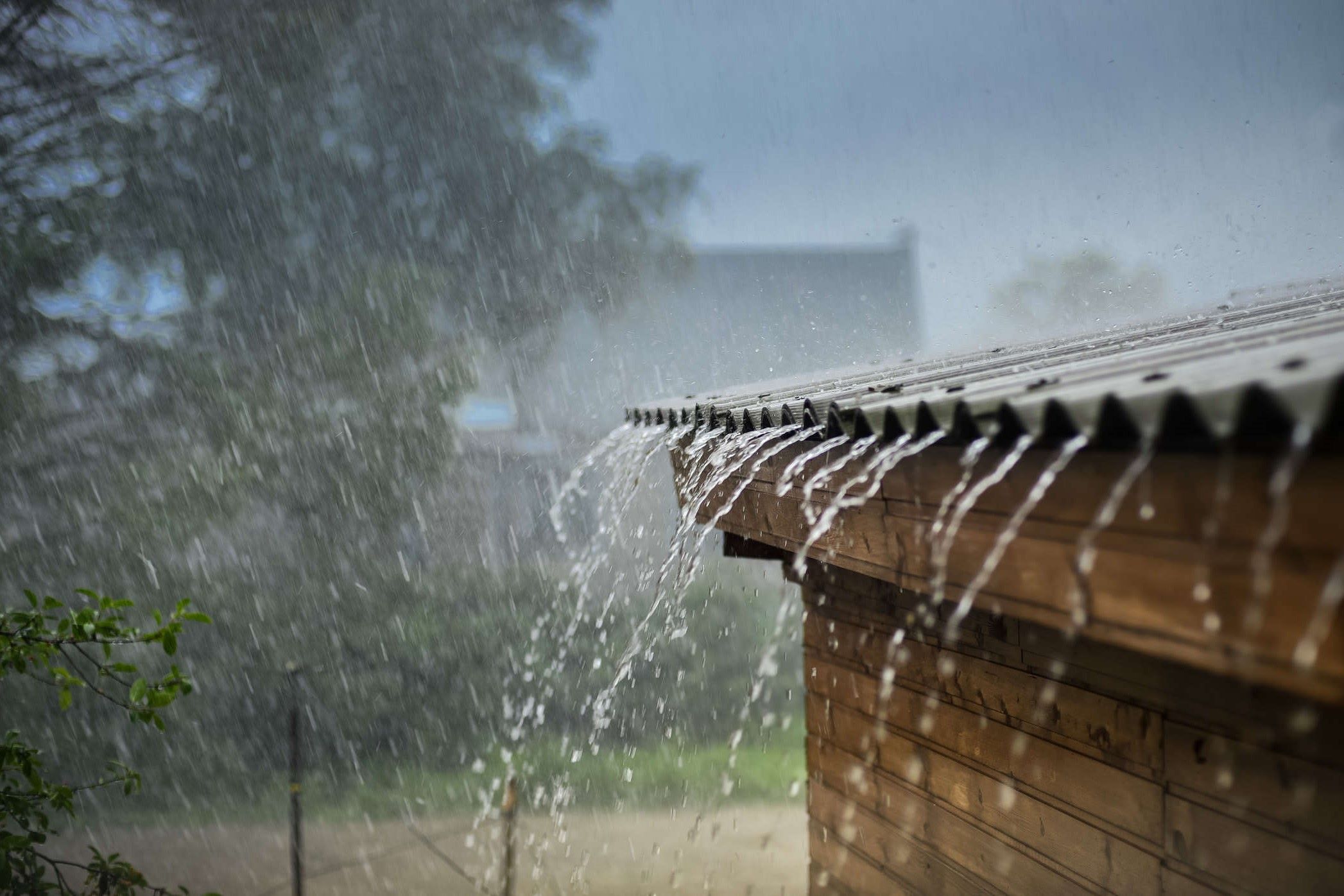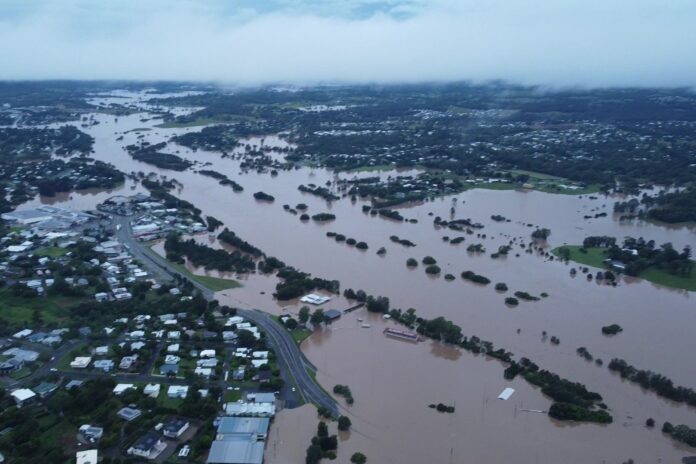House insurance premiums that had already jumped on the Sunshine Coast are expected to increase even further in the wake of Tropical Cyclone Alfred, the North Queensland floods and the Los Angeles fires.
Some householders are being asked to pay more than double what they were paying for insurance two years ago, and one homeowner reportedly faced a five-figure bill before sourcing a cheaper policy.
Anita Lacey was shocked at how much her house insurance bill was when she moved from a body corporate situation at Twin Waters to a standalone dwelling at Buderim.
She said her annual premium was about $4700 for a four-bedroom, three-bathroom house.
“I had no idea it would be so expensive,” she said.
“I did have a house years ago in Mountain Creek, which was very much a similar location, and I can’t remember how much my insurance was but it didn’t go near $5000. It would have been near $3000 or under.”
Do you have an opinion to share? Submit a Letter to the Editor at Sunshine Coast News via news@sunshinecoastnews.com.au. You must include your name and suburb.
University of the Sunshine Coast Professor of finance Sajid Anwar acknowledged insurers had reasons to increase premiums even before events such as the cyclone, floods and fires.
“The first reason is that property values have gone up, and the second is that the cost of everything – building materials – has gone up, so that forces the insurance companies to increase the premiums,” he said.
“It’s like anything where you have increased costs, things change.”
Prof Anwar said insurance companies would reassess their risks and make adjustments following natural disasters, and previously low-risk areas on the Sunshine Coast may not still be considered the same way.
“Even on the Sunshine Coast, there’s areas that have had no flooding but now, after 20 minutes or half an hour, there could be flooding,” he said.
Prof Anwar said the fact the Sunshine Coast did not feel the full effects of Cyclone Alfred as the Gold Coast did would spare Sunshine Coast residents from premium rises.
He was more important was the potential area that could have been affected by Alfred and the “randomness” of those areas which were affected.
The Insurance Council of Australia says more than 22,400 insurance claims have already been made in Queensland and New South Wales due to TC Alfred.
“Given the scale of it – it affected Hervey Bay down to Lismore – and the Gold Coast got hammered, and many people are without electricity and some people were not affected at all, it doesn’t mean that next time will be the same. It’s that unknown about who will be affected next time,” Prof Anwar said.
He said insurance companies had to reinsure themselves against major weather events and that reinsurance would become more expensive, which would also be reflected in premiums.
The Insurance Council said premiums on homes all over Australia were being pushed up.
“Wherever Australians live – whether they’re exposed to extreme weather or not – there is upward pressure being put on insurance premiums,” a spokesperson said.
“This is because of the escalating costs of natural disasters, the increasing value of homes making them more expensive to repair or replace, inflation pushing up building repair costs, and the increasing cost of doing business for insurers.

“When it comes to calculating a premium, there are many things that are taken into account. Insurers will cost in things like underwriting expenses, reinsurance costs, operating expenses, as well as environmental factors. Insurance prices risk, and a higher premium generally, indicates higher risk relating to a particular property.”
The Insurance Council encouraged customers to shop around and compare policies to find their best cover to suit their circumstances, and suggested simplifying policies or looking at higher excesses to moderate the cost of their insurance premiums.
Prof Anwar said there were things that consumers could do to lower their insurance premiums.
“Buy away from the water. Generally, the further you go inland, the premiums usually reduce, and in some cases, if you have the funds, you can reduce the flood damage. It’s not always possible, because you can’t do it with some houses, but build elevated houses,” he said.
He said householders could also consider opting to pay higher excesses in exchange for reduced premiums.
He said the insurance industry, governments and the building industry needed to work together in the future to mitigate risks by such means as flood-proofing developments through location, and construction styles and materials, he said.





